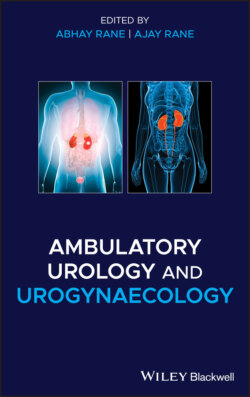Читать книгу Ambulatory Urology and Urogynaecology - Группа авторов - Страница 19
Early Recovery: Emergence from Anaesthesia
ОглавлениеEarly recovery commences from the discontinuation of anaesthetic agents, allowing the patient to emerge from anaesthesia, recover airway reflexes and resume motor activity. Classically, this occurs in the post‐anaesthesia care unit (PACU), before stepping down to the day‐surgery unit (DSU). The modified Aldrete scoring system can be used for determining when patients are fit for discharge from PACU (Aldrete 1995).
There is a growing trend towards ‘fast‐track’ of patients directly from the operating theatre to the DSU, bypassing PACU. This is (i) safe as many patients achieve step‐down criteria from PACU as soon as they arrive, and (ii) economically efficient as PACU is more labour intensive. Complication rates in PACU are low, with one group demonstrating rates of 8%, of which only 0.7% were respiratory or circulatory (Duncan 1992).
One group achieved fast‐track rates of over 80% in simple orthopaedic procedures, with patients being successfully discharged home earlier (Duncan 2001). Fast‐track is more achievable with desflurane and sevoflurane‐based anaesthesia (Song 1998) and with BIS, ensuring minimum necessary anaesthesia and quicker recovery (Song 1997).
The modified Aldrete scoring system is limited in deciding whether patients are fit for fast‐track as it does not consider pain, nausea, or vomiting which are generally addressed in PACU. White's criteria (White 1999), or the WAKE score (2011) are more appropriate. Ultimately, patient safety should always be maintained and a clinical judgement should be made as to whether fast‐track is appropriate.
Achieving adequate pain relief is an important factor for patient satisfaction and should be managed with objective methods of pain evaluation and evidence‐based protocols for pain control. Utilisation of ibuprofen and celecoxib have been demonstrated to improve recovery (White 2011), probably because they are associated with lower opioid requirements and reduction of oedema. Units have developed protocols with routine use of multimodal analgesia, including nonsteroidal anti‐inflammatory drugs (NSAID), local anaesthetic techniques, and opioids as necessary. These protocols and methods have demonstrated improved post‐operative pain control and patient satisfaction (Elvir‐Lazo 2010).
